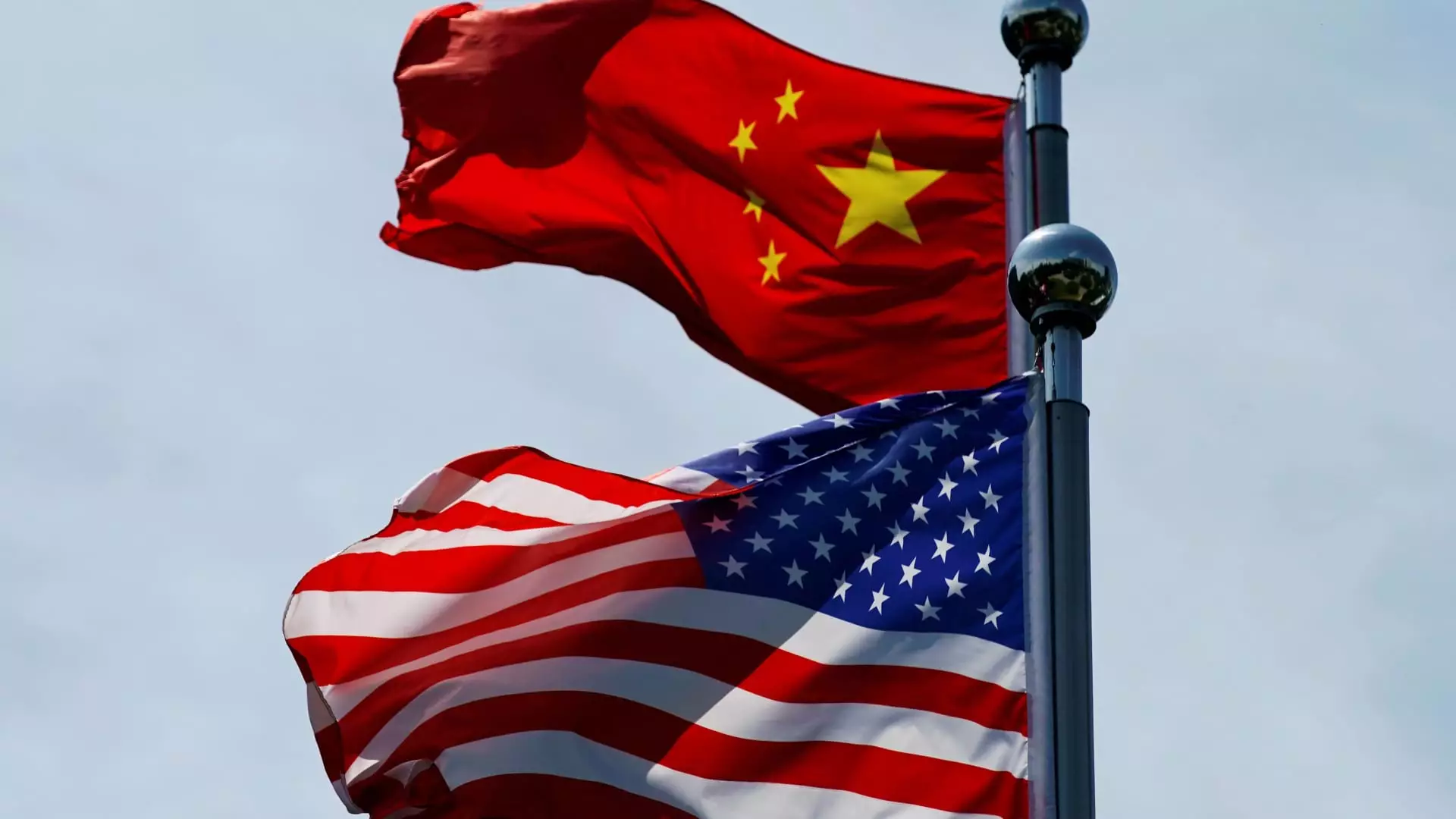In a bold move, President-elect Donald Trump has announced plans to significantly elevate tariffs on imports from China, alongside imposing measures on goods from Mexico and Canada. Trump took to his social media platform Truth Social to declare a 10% tariff increase on all Chinese products, building momentum from his initial promise of a 25% tariff on goods from the North American neighbors. These announcements come in the wake of his January 20 inauguration, highlighting an ambitious trade agenda steeped in the rhetoric of national security and drug prevention.
The motivation for these tariffs is framed around combating illegal immigration and countering the drug epidemic in the United States. Trump asserts that China plays a pivotal role in the influx of harmful substances, particularly Fentanyl, a synthetic opioid linked to a surge in overdose casualties in the U.S. He pointedly criticized Beijing for its failure to impose stringent penalties on drug traffickers, thus shifting the responsibility onto China as a primary contributor to America’s drug crisis. By showering attention on these issues, Trump aims to galvanize support among voters who perceive these threats as urgent.
Impact on US-China Relations
Trump’s rhetoric surrounding these tariffs could have far-reaching consequences for U.S.-China relations. While previously advocating for tariffs as a means of leveling the economic playing field, the new arrangements mark a departure from these discussions towards more direct confrontational policies. Economic analysts, including Kinger Lau of Goldman Sachs, have expressed that these tariffs are lower than what the market had anticipated, suggesting that Trump’s initial threats of severe penalties were likely meant to project strength rather than serve as definitive policy.
Market participants reacted swiftly to Trump’s declaration, with experts bracing for potential shifts in economic strategy from China in response to the tariffs. Predictions indicated that Chinese authorities might initiate rate cuts, implement fiscal stimulus, and allow for a gradual depreciation of their currency to counterbalance the financial impacts of increased tariffs. This indicates a retaliatory posture, which could reverberate throughout the global economy as both nations navigate the complexities of trade disputes.
The implications of these tariffs extend beyond just U.S.-China trade; Canada and Mexico, both of whom are crucial partners, also face new economic uncertainties. Emerging from this is a re-evaluation of the North American Free Trade Agreement (NAFTA) principles as Trump signals his intention to potentially dismantle longstanding regional trade agreements. Changes in trade dynamics could have a cascading effect on the North American economy, with potential repercussions for supply chains and market stability.
Ultimately, Trump’s trade strategies encapsulate his administration’s broader themes of nationalism and economic protectionism, traits that resonate with a substantial voter base. However, these measures also raise significant questions about their long-term viability in stimulating the economy while fostering sustainable international relationships. As the inauguration approaches, the global community watches closely, anticipating how these policies will unfold and shape the future landscape of international trade.

